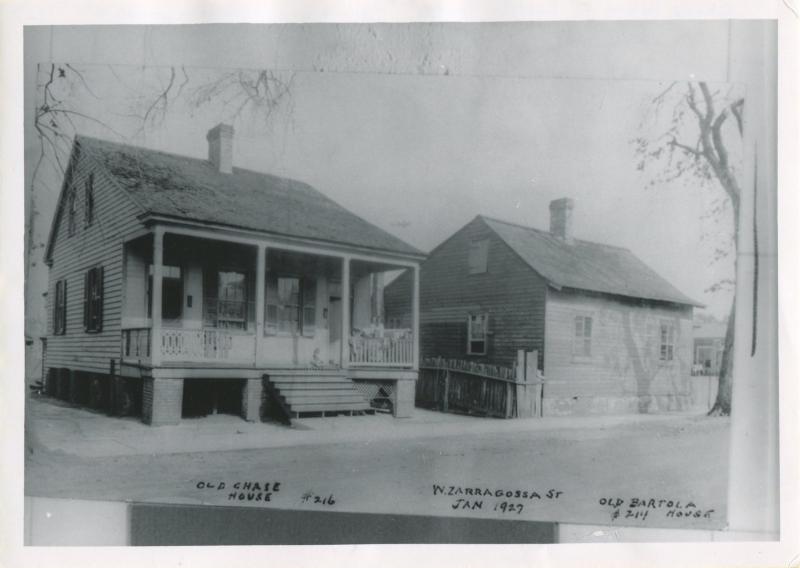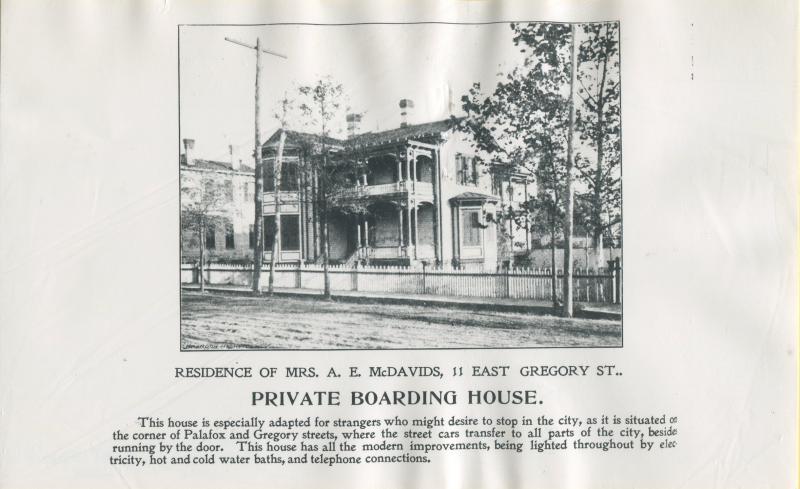Ezra Gerry's Neighborhood
To get a better understanding of Ezra Gerry’s life one must look at the neighborhoods that he lived in. The guiding question in researching Gerry’s neighborhoods was whether or not the way Gerry lived was representative of the common working class African American. This question led to the development of a demographic survey of two out of the three neighborhoods Gerry lived in. The three houses that Ezra Gerry lived in were 134 W Zarragossa St., 511 W Wright St., and 117 North A St. The demographic survey only focuses on W Zarragossa St. and W Wright St. because there was not enough information available to survey North A St. The demographic survey was constructed by cross-referencing the 1900 and 1903 Pensacola City Directories with the 1903 and 1907 Sanborn Insurance Maps. The intent of this survey was to show the ethnic makeup of Gerry’s neighborhoods and determine if he lived in similar conditions to other African Americans in the neighborhoods. This survey not only showed that Gerry was an almost perfect example of the average working class african american but also showed that his neighborhoods were an almost perfect demographic model of Escambia county as a whole.
The demographic survey also uncovered a few unexpected results. One of which was that Gerry’s neighborhoods were rather integrated, with ethnic ratios in the neighborhoods matching ethnic ratios for all of Escambia County. Surprisingly, one of Gerry’s neighbors across the street from 511 W Wright St. was white. Another unexpected result was that home ownership/ rentership stayed within ethnic lines between 1900 and 1903 even if the new owner/renter was a different person or unrelated to the previous owner/renter.
With this statistical information it is safe to say that Gerry appeared to live in an average arrangement for someone of his economic class. He lived in multiple shotgun houses throughout his time in Pensacola, his neighborhoods were racially and economically diverse and were good representations of Escambia county as a whole.
The next section goes into more technical information that goes to prove these conclusions.



